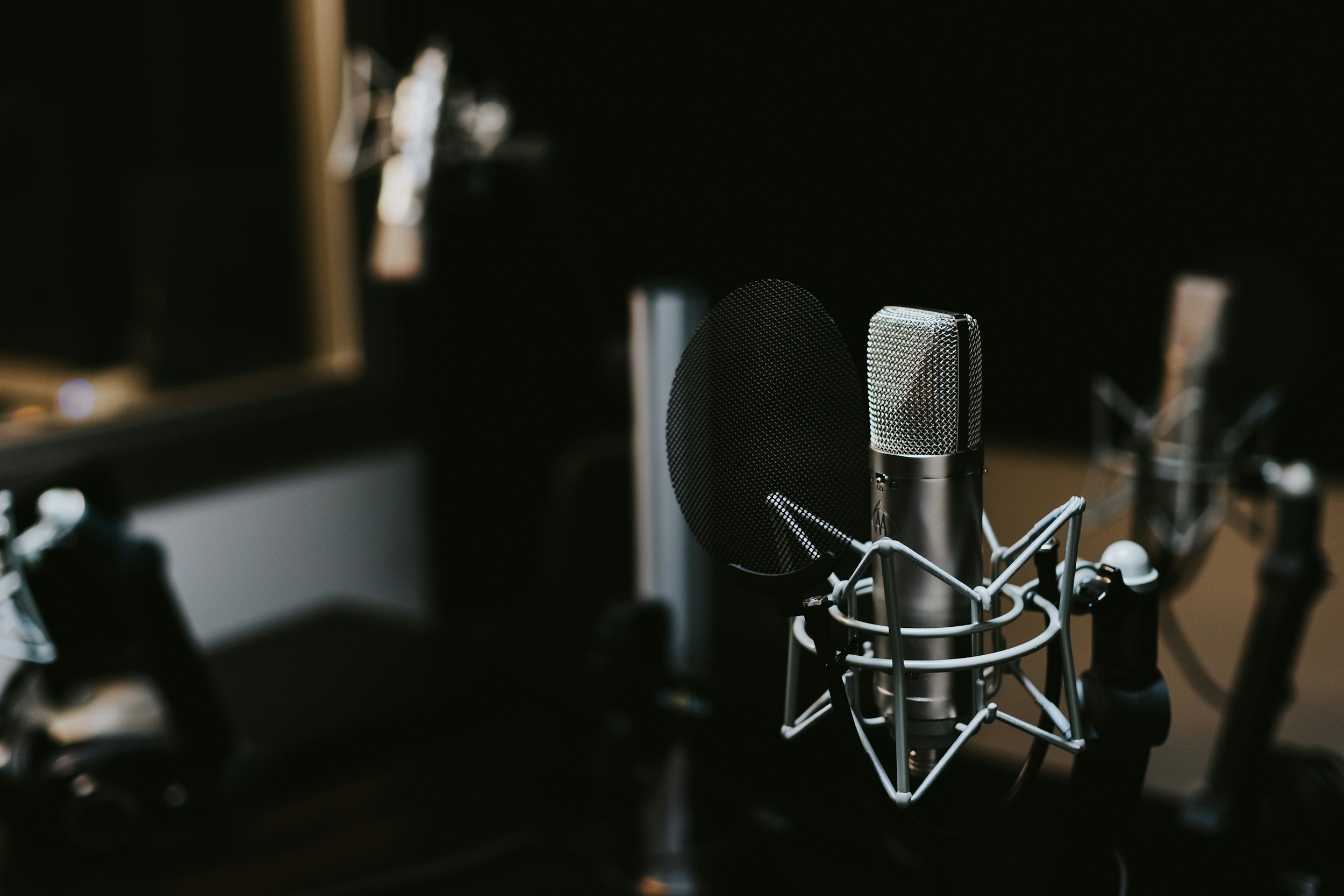
the smarter strength
training blog
Welcome to the Smarter Strength Training blog, where I will answer your questions, keep you up to date with the latest fitness news, and help you cut through the noise with straightforward support on your fitness journey.
Throughout my career as a personal trainer, I have seen many fads come and go, but one thing that has remained constant is the importance of a balanced and sustainable approach to fitness. I strongly believe that fitness should be enjoyable and accessible to everyone, and my goal with this blog is to inspire and motivate readers to make positive changes in their lives.
On this blog, you will find a wide range of content covering everything from exercise tips and workout routines to healthy eating advice and lifestyle hacks. Whether you are a seasoned fitness enthusiast or a complete beginner, my aim is to provide you with practical and actionable advice that you can use to achieve your health and fitness goals.
What You Think You Know About Muscle Soreness Is Wrong
I'm sure that you've heard that muscle soreness means you had a good workout. I'm also sure you've heard that when we train muscles, training creates microtears and microtrauma in our tissue, and that is how, in the repair process, we build new muscle. I'm also pretty sure you've put in a workout and been a bit disappointed because you weren't sore after the session. So, I want to break this down, discuss soreness, and explain to you why getting sore probably isn't something that you should be aiming for.
Does Doing Too Much Cardio Affect Someone's Ability To Build Muscle?
Firstly, the amount of energy required for cardio can be quite high, which could potentially limit resources for building muscle, a known energy-costly activity. Secondly, there's something called the "interference effect," where the pathways required for muscle building can be disrupted by cardio.
Can You Lose Weight Without Tracking Calories?
Working in this industry, primarily with women over 30, I've seen a large percentage of clients become obsessed with calorie-tracking apps. This obsession often leads to a fear of certain food groups and can even result in disordered eating behaviours. While I'm not saying calorie tracking directly causes these behaviours, the way nutrition is discussed on social media and in the media as a whole can tap into and exacerbate existing mindsets.
Do Calories Really Matter? Unpacking the Great Debate
Calories. Do they truly matter for weight loss, or is the "calories in versus calories out" model a myth, as some prominent figures suggest?
Reverse Dieting: Myth, Misconception, or Smart Strategy?
Reverse dieting is one of the most significant trends currently sweeping the fitness world. You hear claims that it can "boost metabolism," allow you to "eat more calories in the future," and even let you "continue to lose weight while eating more."
How To Create Your Own Strength Training Workout
Every week, I'm asked for examples of full-body, push, or upper-body workouts. At the same time, I do provide those; they're not always the most useful. If you train four times a week and only have one full-body workout example, what are you doing the rest of the time? Have you developed a balanced approach to your overall training?
Beyond Motivation: Sustaining Your Fitness Journey
Did you know that statistics show a significant dropout rate by the end of February for those who started new training routines? But what if the key to long-term consistency isn't just motivation, but something more profound?
Intermittent Fasting: Separating Fact from Fiction
Many people believe they are "fasting" by simply not eating between dinner and breakfast. However, true intermittent fasting involves more prolonged periods of food restriction.
The Truth About Bulking Up When Strength Training
Ever wonder what really happens when you lift weights? Do you worry about "bulking up" too quickly, especially if you're a woman?
Are You "Breaking" Your Metabolism?
Today, we're tackling a big one: diets. Specifically, are "crash diets" inherently bad, and can staying in a calorie deficit for too long truly damage your metabolism?
5 Reasons Women Should Strength Train
Here’s the thing, I live in a social media bubble where I surround myself with women lifting weights, getting strong and generally being freaking badass human beings. Yet when I walk into most gyms, this isn’t exactly what I’m seeing.
Maximise Your Circuit Training
Elevate your conditioning with well-designed circuits. Far too many routines throw together exercises haphazardly, creating unbalanced fatigue and overwhelming recovery demands. It's about strategic selection and smart planning—ensuring each session builds you up without burning you out.
Understanding Pilates
It's a common misconception that exercise must be long to be effective. This usually aligns with the notion that exercise is all about calories burned.
Does Dieting Affect Your Gains?
In a recent study, researchers looked at the effect of Low Energy Availability (LEA) on muscle protein synthesis in trained females. LEA arises when the energy intake doesn't suffice to cover the energy demands from physical exercise and basal physiological operations.
Understanding Fat Loss
Fat loss and weight loss are terms often used interchangeably but mean very different things because the overall weight of the human body is complex.
Master the Basics - How To Select The Correct Optimal Weight
At the start of a new strength training program, you might have anything from 12-34 exercises across all days in a week.
When Should A Heel Raise Be Used When Doing Squats?
When squatting the shin needs to travel forward. The further forward the shin can go, the further the thigh bone (femur) can travel with it.
Master the Basics - Volume
When strength training it's often stated that you should progress with load or volume. What is volume and is it more than just adding a rep to an exercise?
What Is The Difference Between Using A Trap Bar And A Barbell For Deadlifts?
The "deadlift" is a loaded hip hinge, but it's worth pointing out that it's not a pure hinge like an RDL. Instead, the knees should bend, which is a mini squat pattern in the exercise.
What Is The Best Rep Range For Building Muscle?
Prior to 2017, every personal trainer knew that to build muscle, you needed to train between 8-12 reps.

The SMART STRENGTH TRAINING PODCAST
New episodes come out every other week, featuring a friendly and easy-to-follow approach to training, nutrition, mindset, and handy tips for staying consistent and seeing real results. The Smarter Strength Training Podcast offers expert advice while clearing up the confusion around fitness information. No matter if you're a gym veteran or just starting your journey, this podcast is here to give you the tools you need to become a stronger, fitter, and healthier version of yourself.






















